Macapuno Strings
Photo By Toyang Noresa of Suman Topped With Macapuno Strings
Can you tell the difference between authentic macapuno and young coconut being passed off as macapuno?
Exotic? Monkey-eating eagles, pupa of honeybees, birds’ nests, freshwater beetles, sea urchins, lizards, iguanas, pythons, octopus, field rats… tastes like chicken!
The tabon bird of Palawan lays only two eggs, and one of them is sure to get egg-napped.
Freswater maliputo and tawilis — fish caught only in the Pansipit River and Taal Lake of Batangas.
Eel cooked in yellow ginger.
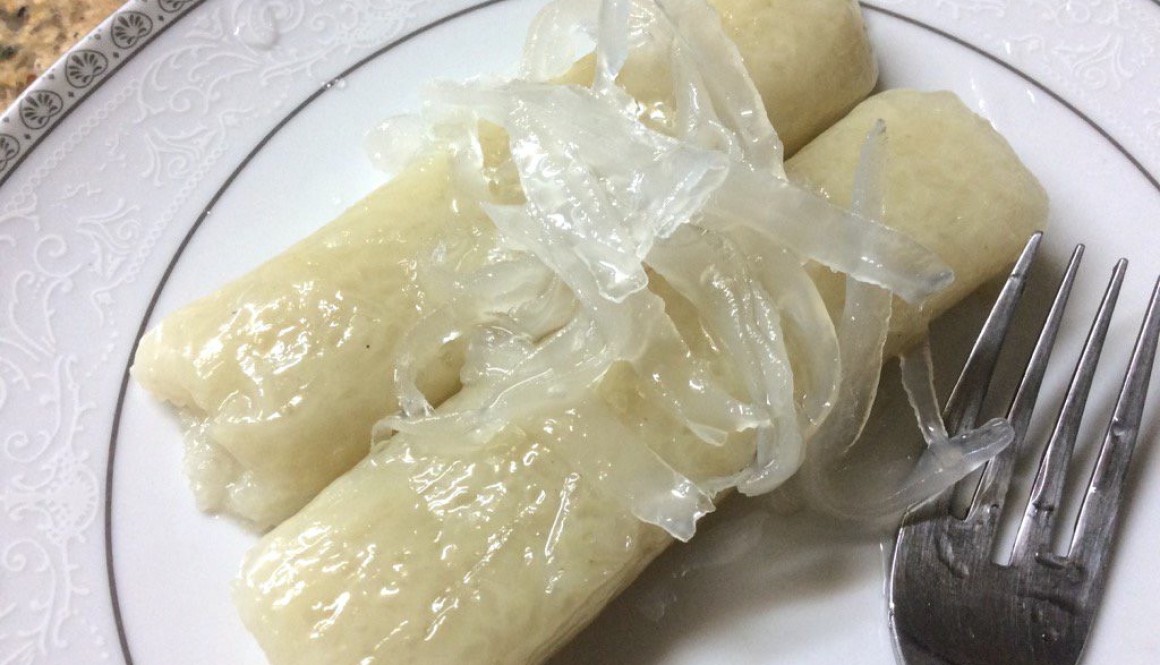
Photo By Toyang Noresa of Suman Topped With Macapuno Strings
Can you tell the difference between authentic macapuno and young coconut being passed off as macapuno?

It’s been estimated that between 50 and 90 percent of the Philippine population are lactose intolerant.

A visual tool developed by the Food and Nutrition Research Institute to help Filipinos acquire healthy eating habits.

The bewildered natives and Spaniards lamented as Thomasites preached “everyday right living”
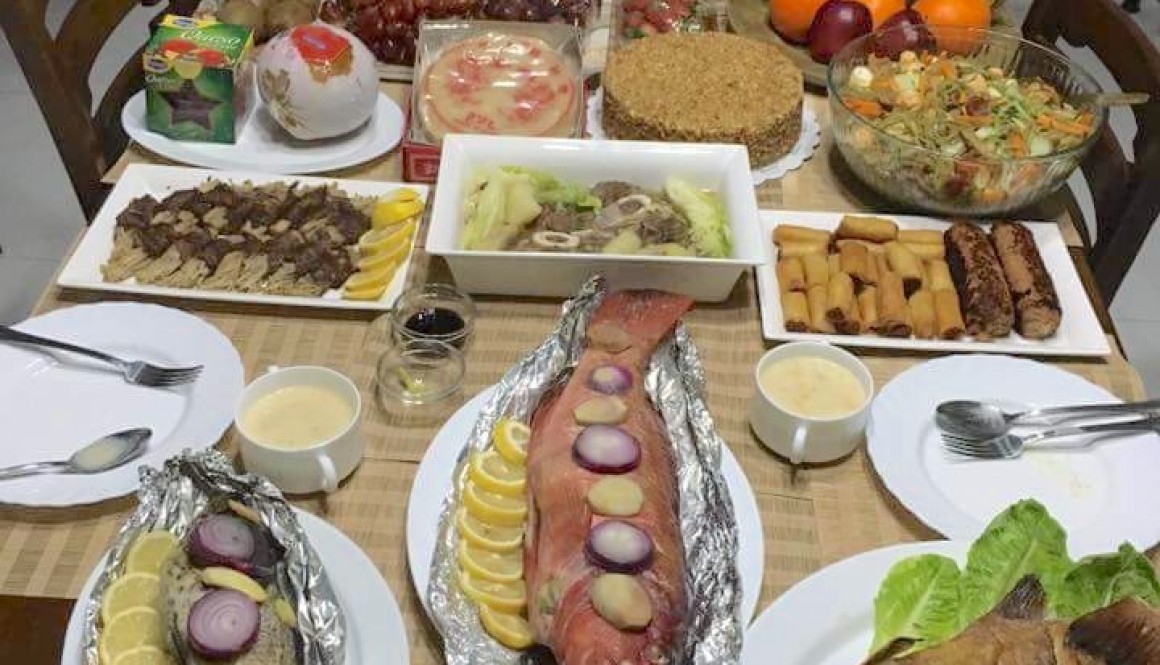
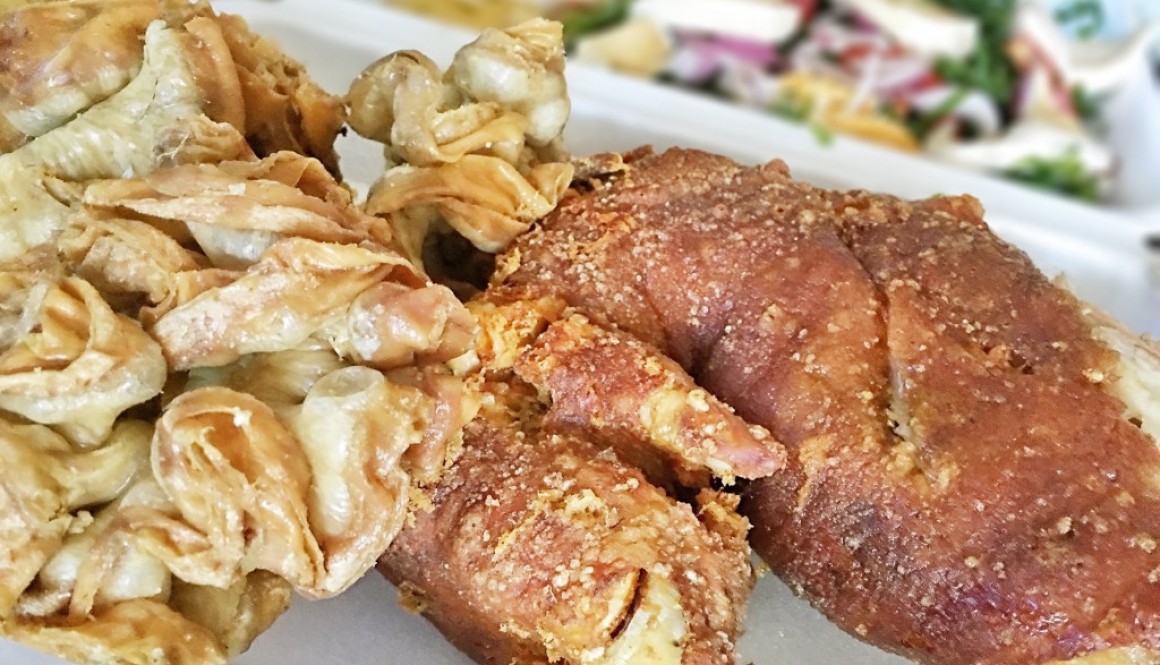
Photo by Mayette Garcia of Chicharon Bulaklak & Crispy Pata
The phrase “putok batok” (sometimes hyphenated as “putok-batok”) refers to meals that can cause the eater to have a heart attack or stroke due to its very unhealthy nature.

Featured photo by Angie Pastor.
Media Noche in the Philippines is New Year’s Eve, during which everyone looks forward to the large spread of food to feast on. 🙂
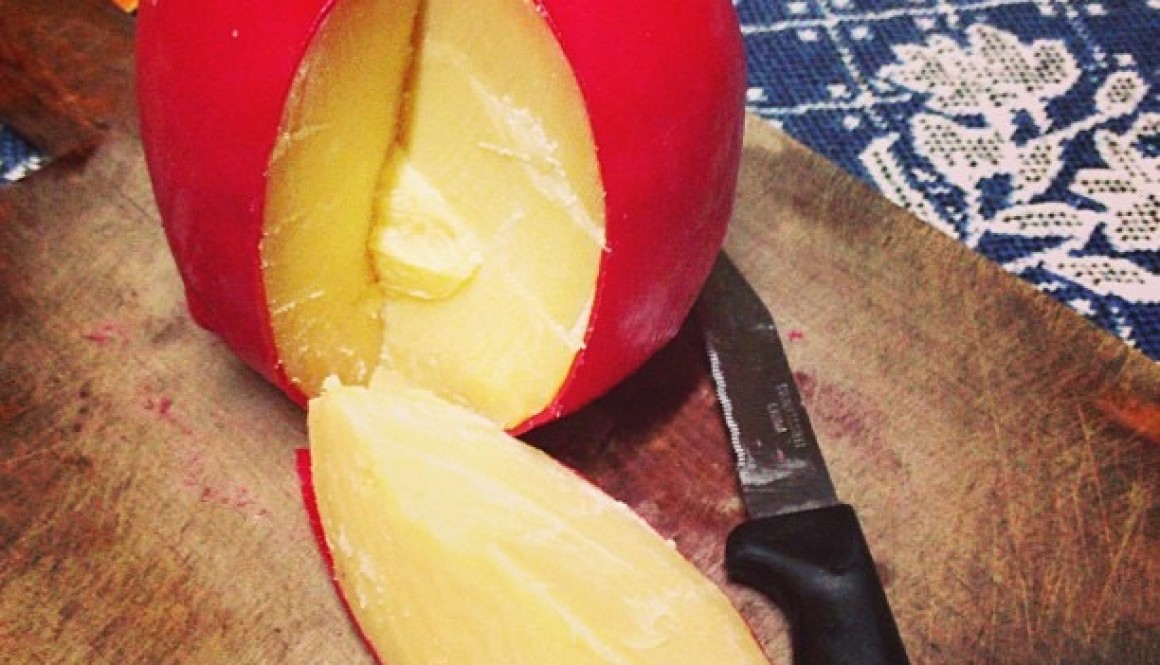
Ball of Edam cheese that’s a staple of the Filipino Christmas table
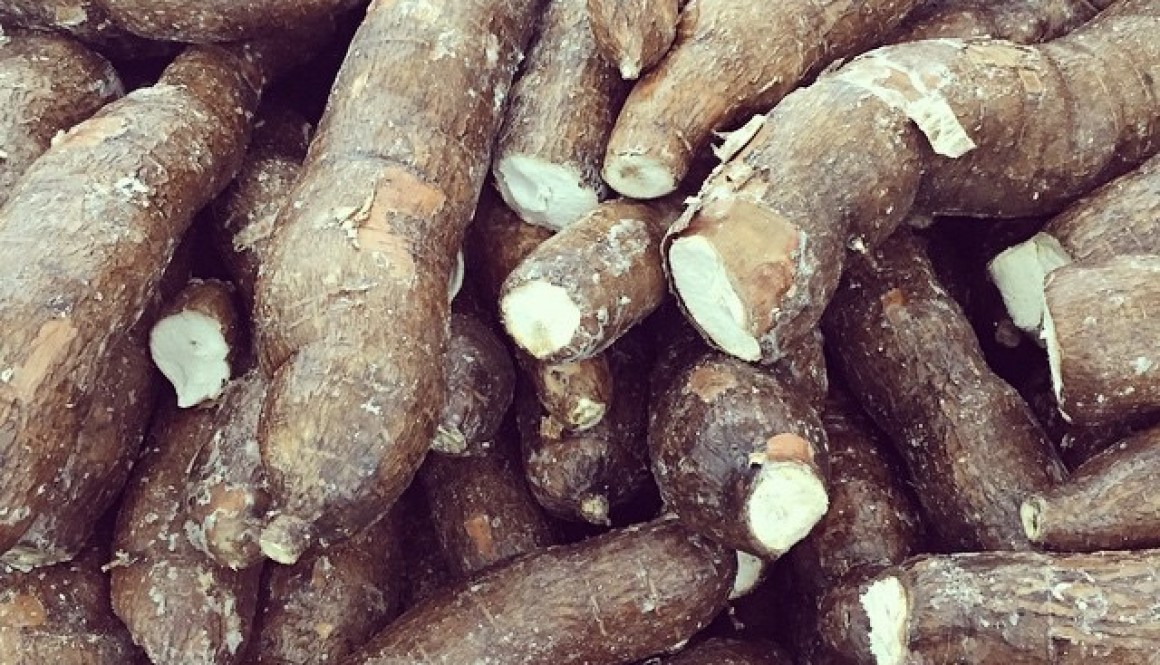
When the Spaniards came to the Philippines in the sixteenth century, Islam
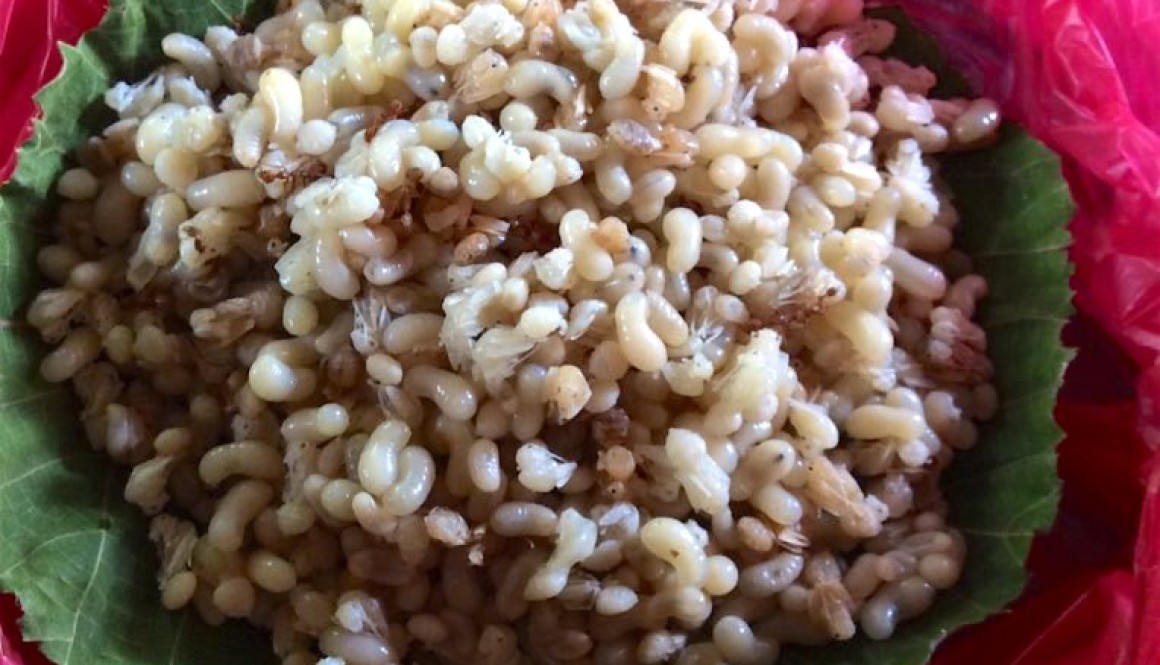
Itlog ng Hantik (Ants’ Eggs). Photos by @OkayMaine. Also known as Itlog ti Abuos in Ilocano cuisine.
Hantik or Antik are weaver ants known for their stinging bites. Their eggs (itlog) are considered a delicacy in the Philippines and are very hard to come by.